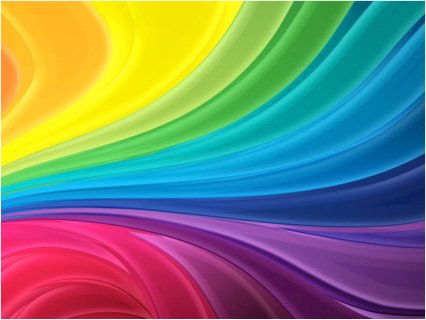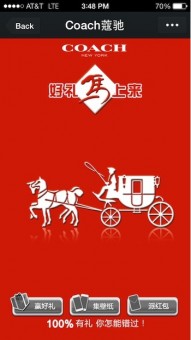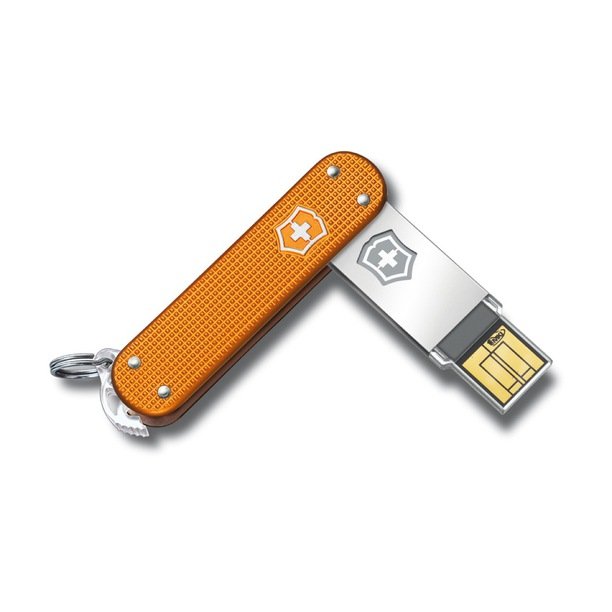How online brands still feel “human”
Very rarely is a brand associated with the customer service it delivers…more often than not, consumers will think of the products, the logo, the design, the retail environment and purchasing experience. While the market’s definition of a brand has definitely expanded in recent memory to include the “softer” elements of a business’s interactions with the public, the focus on customer service, however committed a company may claim to be to it, is still lacking, especially in less developed or newly emerging markets.










